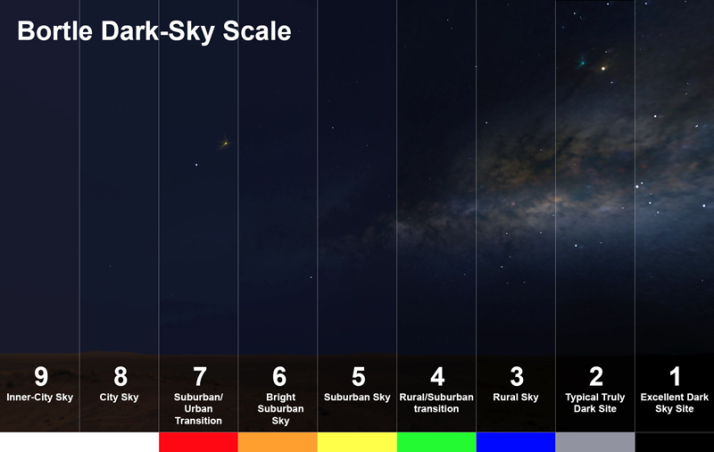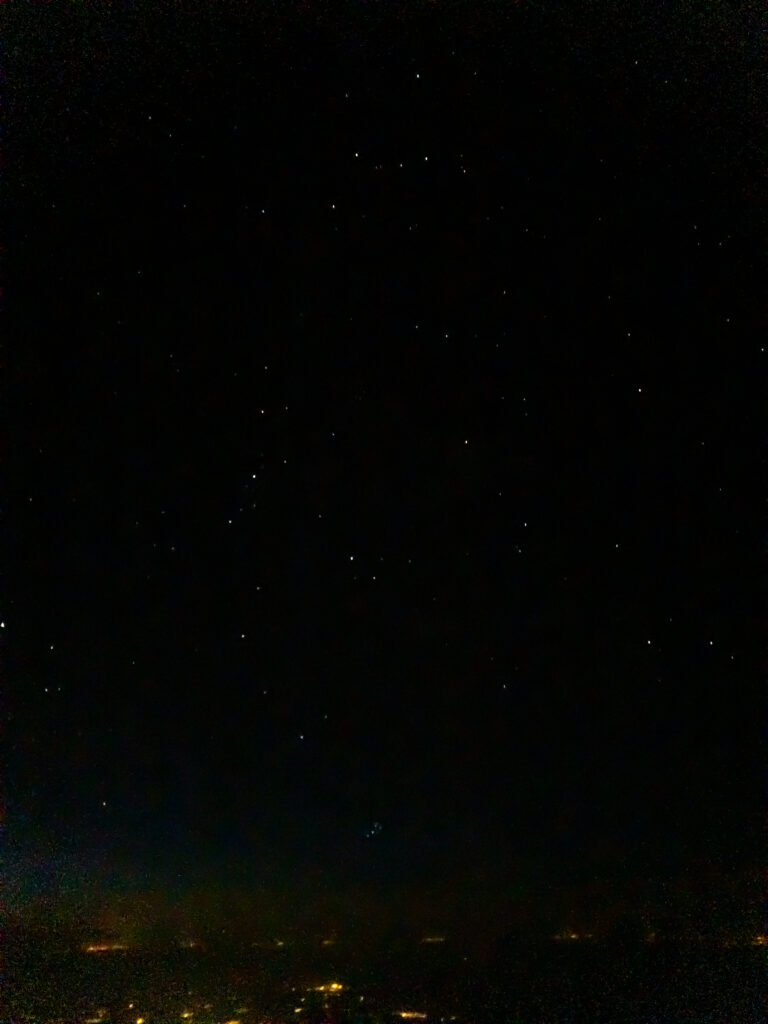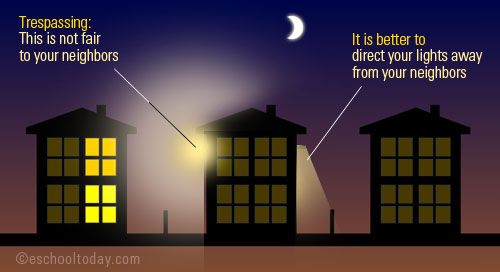Everyone knows the glow of a city in the distance. I still remember driving to Las Vegas at night crossing from Arizona into Nevada driving through the mountains seeing bright skyglow. Crossing over the peak there it was, Las Vegas with an amount of lights on I had never seen before.
This has an enormous effect on the amount of stars we can see at night, below video from National Geographic illustrates.
The amount of “dark sky” is quantified using the Bortle scale from 1 (total darkness) to 9 (in the city).

From my observing location (Bortle 8-9) I can make out only the bright “main” stars of the constellations without any trace of the Milky Way. So my observing mainly focusses on the planets that are not affected by light pollution.

Versus:

There are some filters for sale claiming to filter lightpollution but the effects are not overly dramatic. Especially with the introduction of LED lights everywhere that cannot be filtered due to the large spectrum they emit over. The old orange streetlights emit at specific frequency that can be filtered, LED makes this impossible
What can you do?
If you have any security lights, make sure they shine only downwards at the area you want to illuminate and not all over. Even better attach them to a motion detector.
A lot of areas have laws against light pollution, try to find out if yours has one. If not raise awareness with local politicians on the harmful effects of light pollution on the environment. Germany recently passed legislation to reduce the amount of lighting to save insects that had their biorhythm affected by the constant light.

